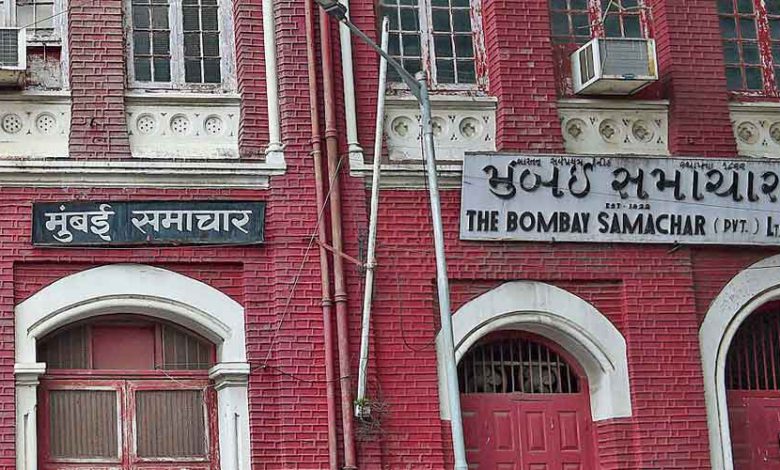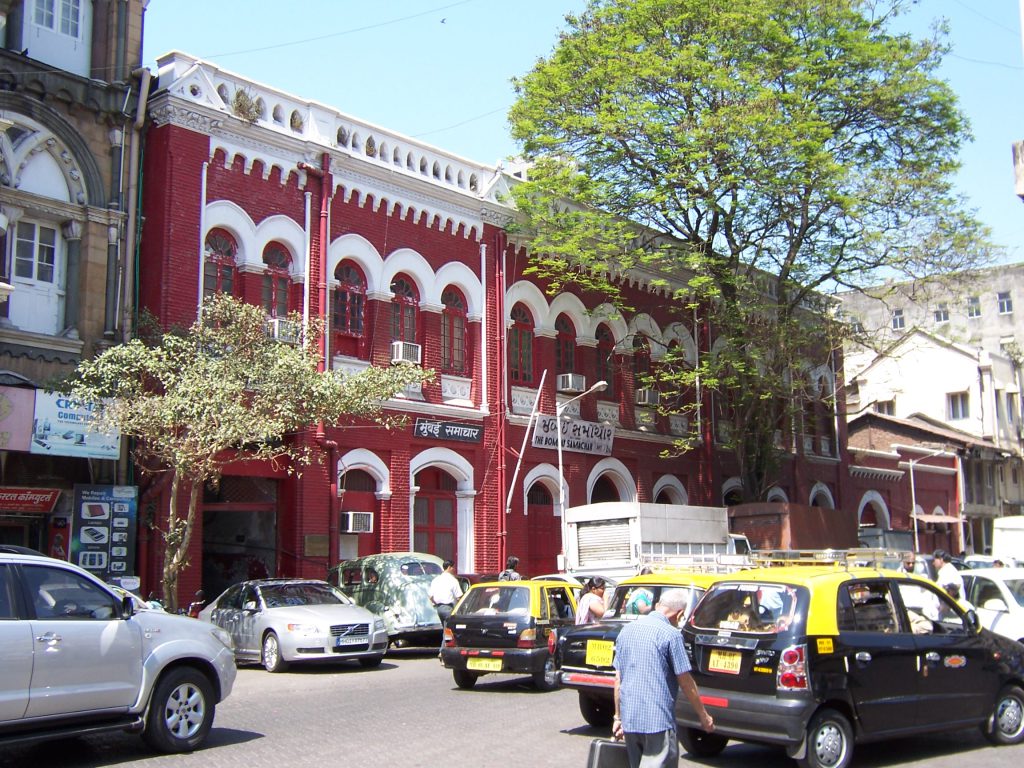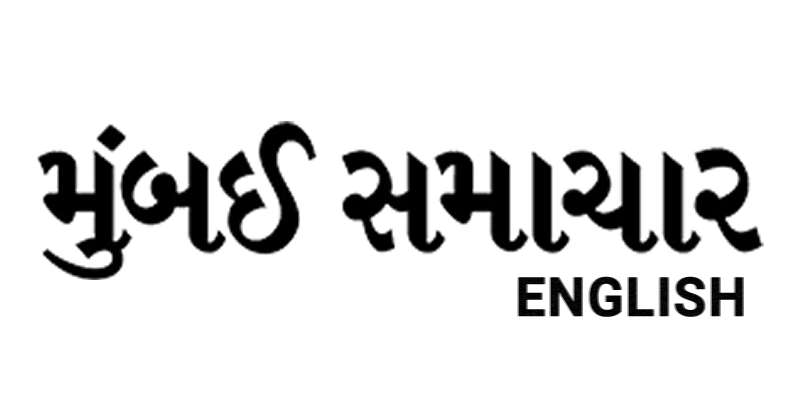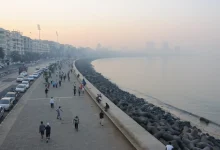Mumbai Samachar, Asia’s Oldest Newspaper To Digitise And Document Years Of Historical Archives

Mumbai: Established in 1822 by Parsi scholar Fardunji Marzban, Mumbai Samachar holds the distinguished title of being Asia’s oldest active newspaper. Over two centuries, it has reported on some of India’s most defining events, from the 1857 uprising and the death of Rani Laxmibai of Jhansi to the birth of the Indian National Congress. Now, this iconic Gujarati daily is preparing to preserve its monumental legacy by digitising its historic archives.
Editor Nilesh Dave revealed that the publication is actively collaborating with various agencies to restore and safeguard ancient editions, some dating back to the mid-19th century. “From 1932 to 1947, we have old copies of the newspaper. Even till 1857, there are a few copies kept in our files. But they can’t be opened since they are not in good condition,” he said. The ambitious project also includes the creation of a new website featuring around 10,000 of the newspaper’s most significant stories spanning 200 years.
Based in a historic colonial-era building at Horniman Circle in Mumbai, Mumbai Samachar has stood the test of time, weathering changes brought by the digital revolution and evolving media consumption habits. Despite challenges, the newspaper has retained its identity and loyal readership.
In a bid to expand its reach, Mumbai Samachar recently launched its English website and plans to introduce Marathi and Hindi versions soon. Dave also shared, “My documentary Mumbai Samachar 200 Not Out will be screened at the Cannes Film Festival, being held from May 15 to 20. Prime Minister Narendra Modi launched its trailer, while the documentary was released by Union Home Minister Amit Shah in Mumbai (in September 2024).”
Originally launched as Shri Mumbai Na Samachar, the newspaper began as a weekly bulletin providing vital information to the trading community, particularly Parsis and Marwaris, about goods arriving at the Bombay harbour. Marzban, who hailed from Surat and initially operated a bookbinding shop in Mumbai, attracted 150 subscribers, each paying Rs 2 a month. Early issues not only carried trade news but also published death notices as a free community service.
With a growing readership, Mumbai Samachar gradually began printing news reports and attracting advertisements, primarily from traders and theatre groups. It transitioned from a weekly to a bi-weekly publication, and eventually became a daily newspaper in 1832, aided by a printing press specially imported from London.

The newspaper’s editorial leadership included notable Marathi editors like Janardhan Vasudev and Vinayak Vasudev from 1841 onwards. Throughout its history, Mumbai Samachar has upheld a tradition of impartial journalism. Notably, during the Emergency period from 1975 to 1977, it remained steadfastly neutral, publishing both government and opposition viewpoints without succumbing to censorship. “Our owner, Mr Cama (Hormusji Cama), told then-Prime Minister Indira Gandhi that if all doors for dialogue are closed, there can be no solution,” Dave recounted. “We don’t publish any news under pressure. We have only one edition, which is available across the entire country,” he added.
As Mumbai Samachar steps into the digital age, its commitment to preserving India’s vibrant history remains unwavering, ensuring that future generations can access the voices and stories that shaped a nation.




